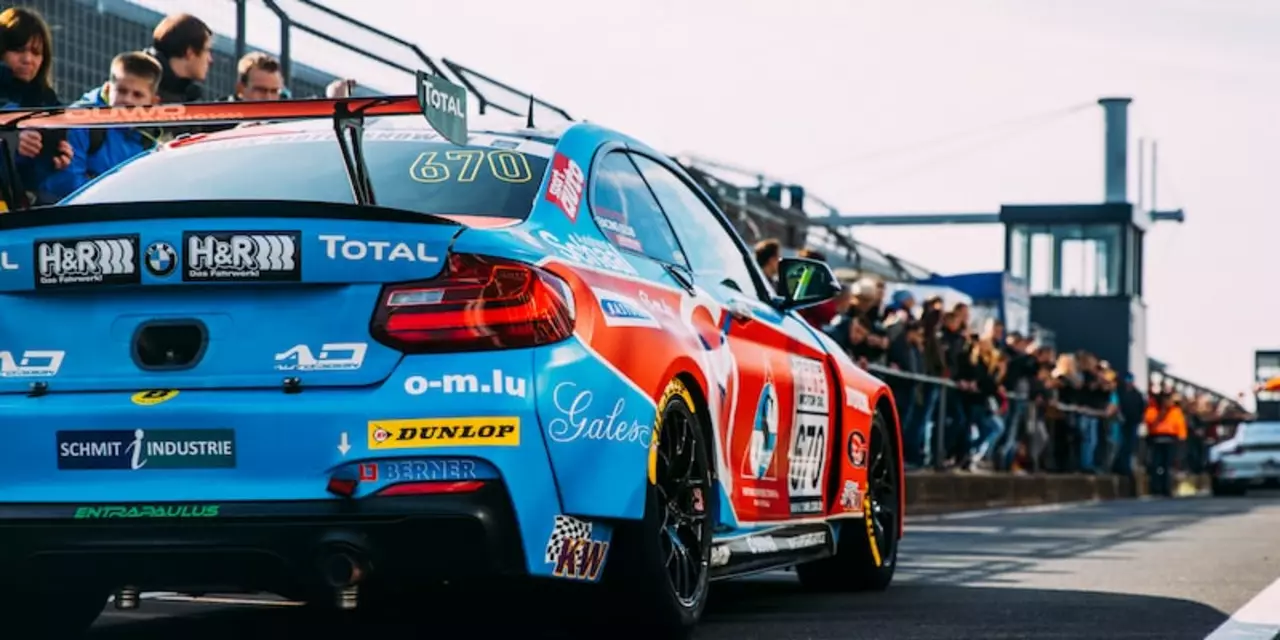Homologation in Motorsports – What It Is and Why It Matters
Did you know a bike can’t hit the track until it’s officially stamped as legal? That stamp is called homologation, and it’s the gate‑keeper that decides whether a machine can race in a given series. Without it, no matter how fast the engine is, the bike stays in the garage.
In simple terms, homologation is a set of rules that manufacturers and teams must follow to get their vehicles approved for competition. These rules cover everything from engine size and weight to safety gear and tyre specs. The idea is to keep the competition fair and the riders safe.
How Homologation Works
First, the governing body – like the FIM for MotoGP or the FIA for car racing – publishes a technical rulebook. Teams study the book, design their bike, and then submit paperwork and a prototype for inspection. Inspectors check dimensions, emissions, braking systems, and safety features. If the bike meets every requirement, it receives a homologation certificate, and the team can enter it in official races.
Sometimes the rules change mid‑season. When that happens, the bike may need a new approval, or a team might have to tweak parts to stay legal. That’s why you often see “homologation updates” in race news – they can shake up the grid and give smaller teams a chance to catch up.
Why Fans Should Care
Homologation isn’t just paperwork; it affects the sound you hear on race day, the way the bike handles, and even the drama of the championship. When a manufacturer releases a new model, fans get excited, but they also wonder if it will pass the tests. A failed homologation can mean a whole season of disappointment, while a smooth approval can launch a new era of fast laps.
For casual watchers, understanding homologation helps you read race previews. If a headline says a bike is “pending homologation,” you’ll know it might miss the first few rounds. If a team announces a “homologation win,” you can expect that bike to be on the grid soon, possibly shaking up the leaderboard.
Even the choice of tyres is a homologation issue. Tyre manufacturers must supply a tyre that meets the series’ specifications, and riders often notice subtle changes in grip when a new tyre gets approved. Those tiny differences can decide a win or a wipe‑out.
In short, homologation keeps the sport balanced, safe, and exciting. It makes sure every rider is on a machine that follows the same rulebook, so the competition comes down to skill, strategy, and a bit of luck.
If you’re new to motorsports, keep an eye on the homologation news section of your favorite series. It’s where the behind‑the‑scenes work happens, and it often hints at the next big story on the track.
- February 16, 2023
- Comments 0
- Motorsport Regulations and Homologation
